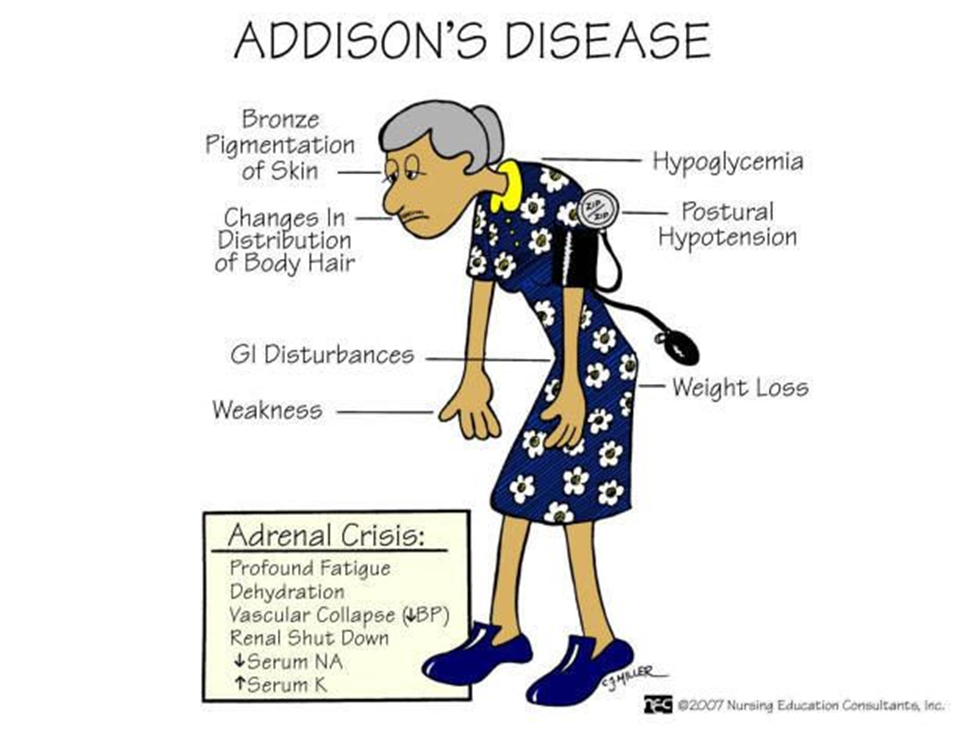The nurse instructs the client about the self-administration of insulin. Which statement or statements by the patient indicate a need for further teaching? (SELECT ALL THAT APPLY)
I will inject my insulin by pinching up a large area of skin, and then inserting the needle.
I can mix my regular acting insulin and my Lantus in the same syringe.
I can inject my insulin in the same location each time.
I can use a needle/syringe more than once since I am the only one using it.
I will discard my used syringes in a hard container, like an empty plastic milk jug.
Correct Answer : A,B
A. I will inject my insulin by pinching up a large area of skin, and then inserting the needle.
The correct technique for subcutaneous insulin injection involves pinching a small area of skin (creating a skinfold) and inserting the needle at a 90-degree angle. Injecting into a large area might result in inadequate subcutaneous administration.
B. I can mix my regular acting insulin and my Lantus in the same syringe.
Lantus (insulin glargine) is a long-acting insulin that should not be mixed with other insulins. It should be administered separately to maintain its long-acting profile.
C. I can inject my insulin in the same location each time.
This statement is correct. Injecting insulin into the same general area consistently can help with consistent absorption.
D. I can use a needle/syringe more than once since I am the only one using it.
It is not safe to reuse needles or syringes. Single-use needles and syringes should be disposed of properly after each use to prevent infection and other complications.
E. I will discard my used syringes in a hard container, like an empty plastic milk jug.
This statement is correct. Used syringes should be discarded in a puncture-resistant container, and an empty plastic milk jug can serve as a suitable container for disposal.
Nursing Test Bank
Naxlex Comprehensive Predictor Exams
Related Questions
Correct Answer is ["B","C","E"]
Explanation
A. Buffalo hump:
Explanation: A buffalo hump is associated with excess cortisol, which is not a typical manifestation of Addison's disease. Instead, patients with Addison's disease may experience weight loss and muscle wasting.
B. Hyponatremia:
Explanation: Correct. Hyponatremia (low sodium levels) can occur in Addison's disease due to the loss of aldosterone, which plays a role in sodium and water balance.
C. Decreased glucose level:
Explanation: Correct. Addison's disease can lead to hypoglycemia (low blood glucose levels) because cortisol, which is important for maintaining blood glucose, is deficient.
D. Weight gain:
Explanation: Weight gain is not a typical manifestation of Addison's disease. Instead, weight loss and muscle wasting may occur.
E. Craving for salt:
Explanation: Correct. Addison's disease can lead to salt craving, as aldosterone deficiency results in increased sodium loss and potassium retention.

Correct Answer is D
Explanation
A. It is rapidly absorbed, has a fast onset of action:
Explanation: This statement is incorrect. Glargine (Lantus) actually has a slow onset of action and a prolonged duration of action. It is formulated to provide a steady level of insulin in the body over an extended period.
B. Administer the total daily dosage in two doses:
Explanation: This is not the recommended administration for glargine. It is typically administered once daily to provide basal insulin coverage over a 24-hour period.
C. Draw up the drug first, then add regular insulin:
Explanation: Mixing glargine with other insulins is not recommended. Glargine should be administered separately to maintain its extended duration of action. It should not be mixed with other insulins in the same syringe.
D. Do not mix with other insulins:
Explanation: This is the correct statement. Glargine should not be mixed with other insulins. It should be administered alone to maintain its "peakless" basal coverage. Mixing it with other insulins could alter its pharmacokinetics and compromise its effectiveness.
Whether you are a student looking to ace your exams or a practicing nurse seeking to enhance your expertise , our nursing education contents will empower you with the confidence and competence to make a difference in the lives of patients and become a respected leader in the healthcare field.
Visit Naxlex, invest in your future and unlock endless possibilities with our unparalleled nursing education contents today
Report Wrong Answer on the Current Question
Do you disagree with the answer? If yes, what is your expected answer? Explain.
Kindly be descriptive with the issue you are facing.
